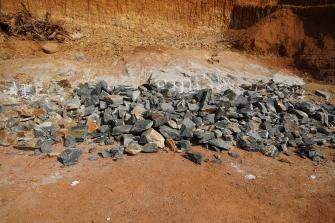Sustainable circular and bioeconomy
Aiming towards a sustainable circular economy means moving towards a new kind of economic system. In this new economic system both non-renewable and renewable natural resources are used sparingly.
Transition towards a new economic system
Efficient cycles help preserve the use of materials and their value for as long as possible while minimising climate and other environmental impacts. The required energy is produced in a way that is sparing, efficient and emission-free, and as little material as possible is wasted. Circular economy improves the economic foundation of different actors when optimising production, developing business models, improving logistics and changing consumption habits.
There are limits to the use of both non-renewable and renewable natural resources.
Product design can affect up to 80% of the harmful environmental impacts of the product's entire life cycle.
Sustainable production means that products, components and materials are manufactured as energy-efficiently and economically as possible.
The objective of market surveillance is to ensure that products placed on the market meet the legislative requirements.
Moderate consumption, taking care of goods and designing new products and services in line with the circular economy are at the centre of the circular economy.
Reuse reduces the consumption of natural resources and the amount of waste and emissions from production.
Waste is a valuable source of raw materials. Some waste materials, such as metals, are particularly valuable.







